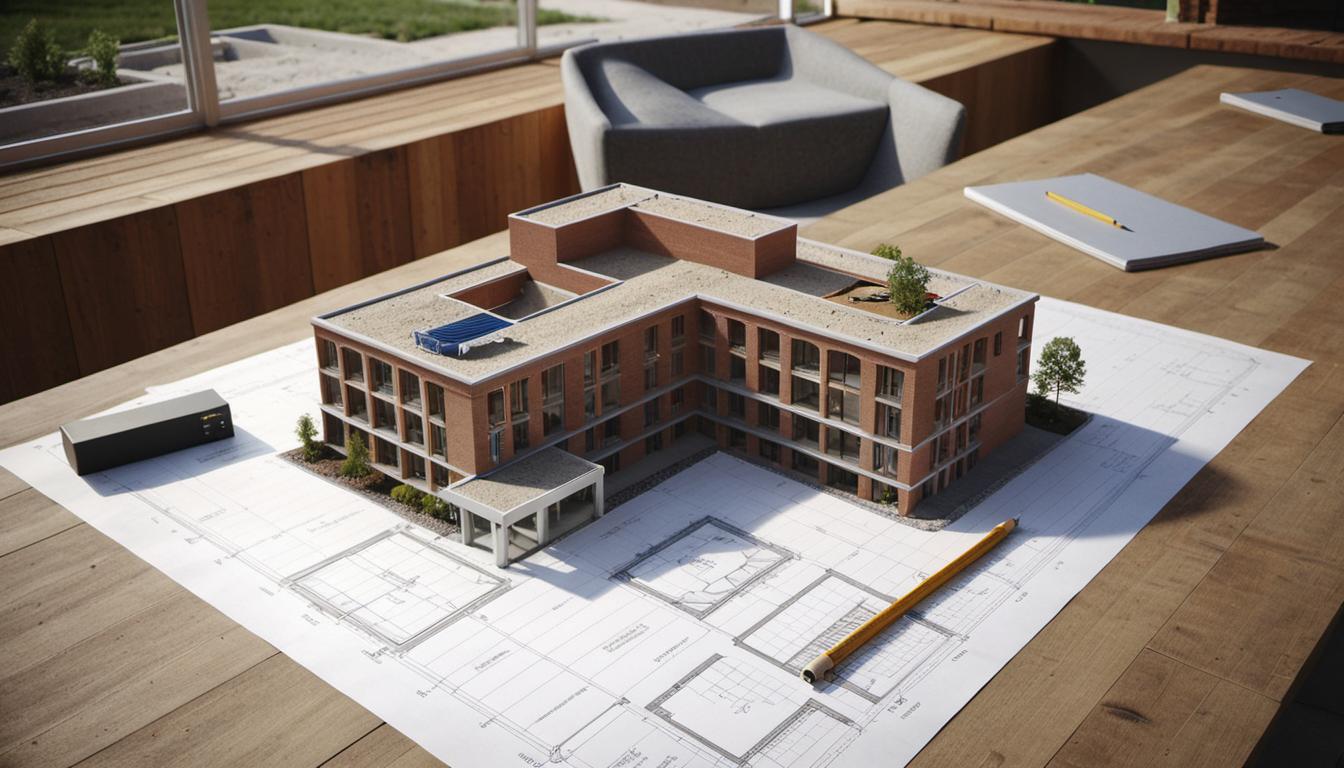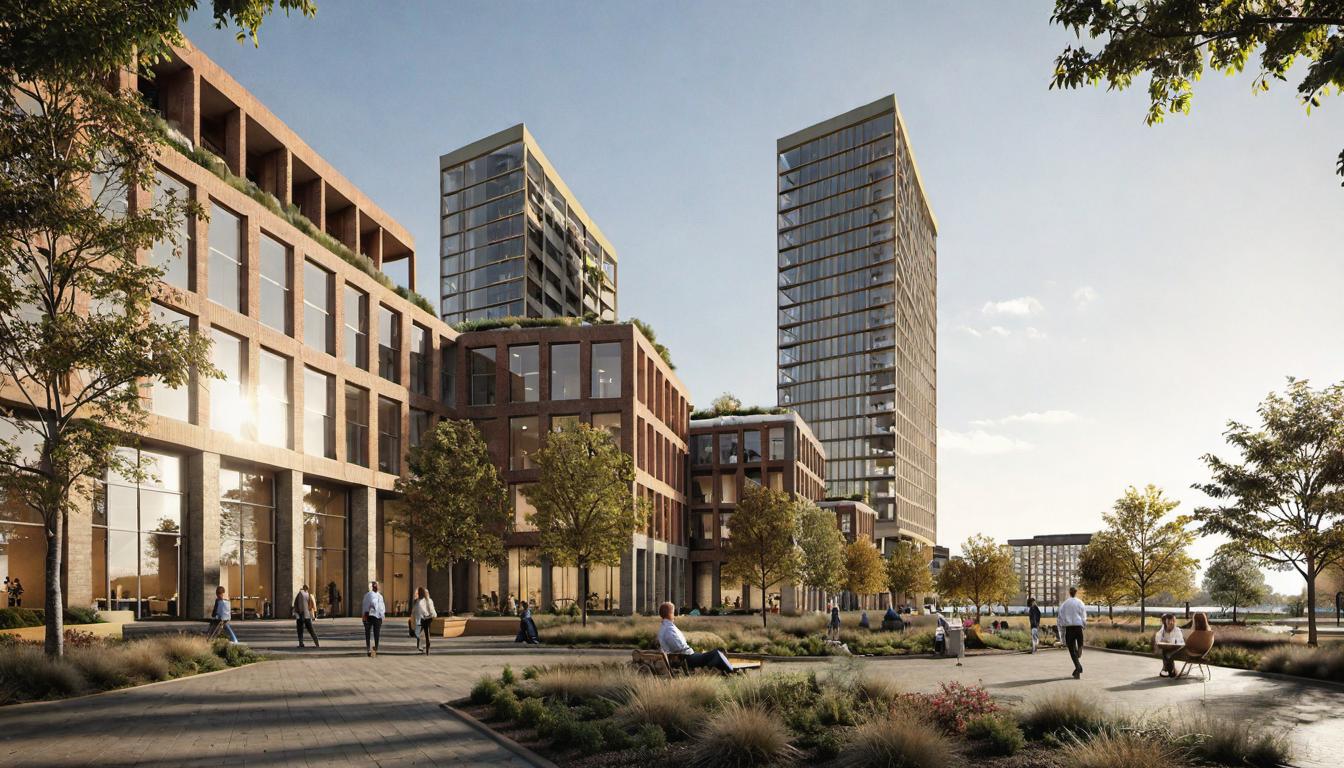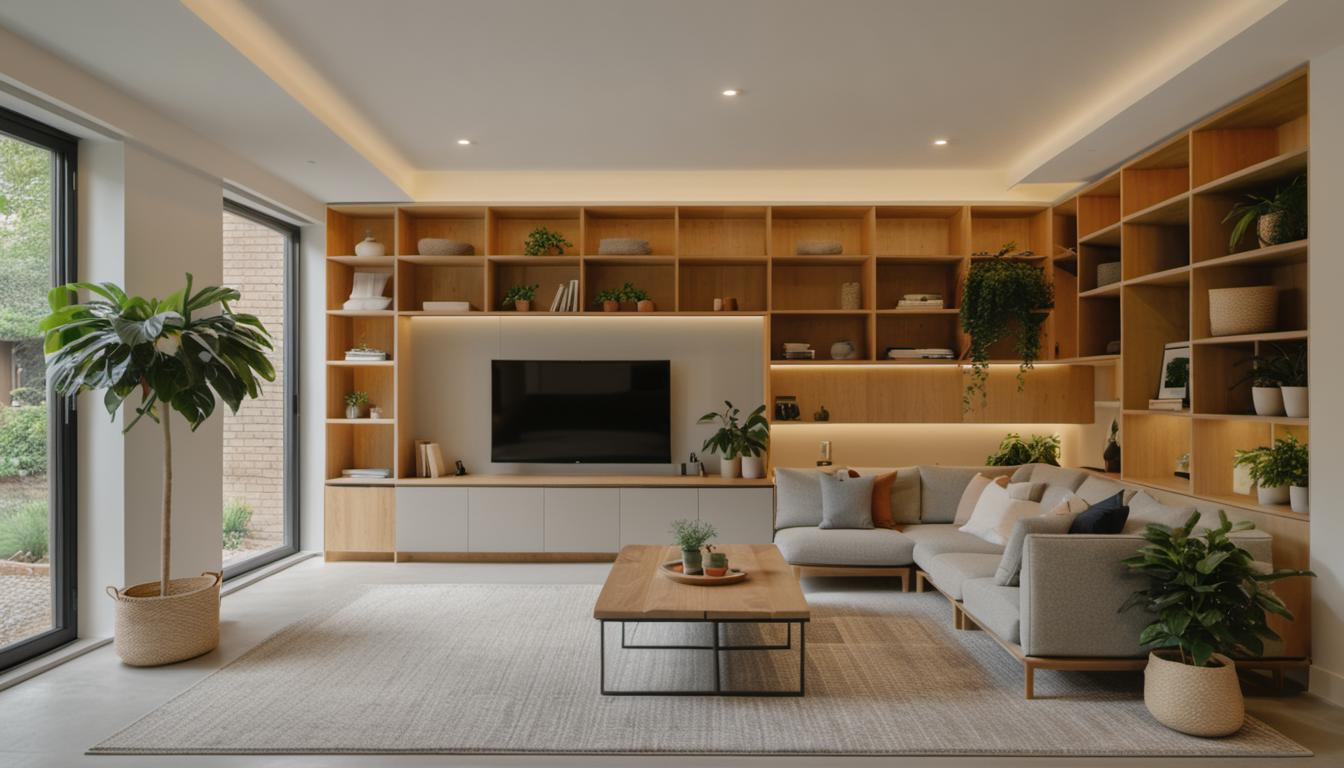Introduction
The architectural design process is akin to translating a dream into reality. For architects, interior designers, and those in the real estate industry, understanding this process is key. This intricate series of steps drives both creativity and functionality, connecting the vision of the client with the expertise of the architect. This article illuminates the architectural design process step by step.
The Architectural Design Process – What is it?
The architectural design process is a procedure taken by architects, designers, and other stakeholders to transform a client’s vision into a tangible, built environment. Organized into distinct phases, each with its own purpose and deliverable, these steps guide the journey from conceptualization to completion. This process helps professionals maintain a systematic approach in creating aesthetically pleasing, functional and ideally, sustainable designs.
The Architectural Design Process: A Step-by-Step Guide
Step 1: Predesign
- Initiating with the project scope’s definition, the predesign stage sets up expectations, requirements, and goals.
- Recognition of key stakeholders and effective communication patterns are essential in this phase.
- This step also involves conducting surveys to identify user needs.
- Innovations are often inspired by the past. Hence, researching precedents and benchmarking tours is crucial.
Step 2: Schematic Design
- High-level design concepts are developed into rough sketches in this phase.
- Feedback sessions and project review meetings are crucial aspects to ensure all parties are on the same page.
Step 3: Design Development
- The design undergoes detailed planning and refinement in this phase.
- Structural engineers join the project at this point to provide more accurate project estimates and ensure structural integrity.
Step 4: Construction Documents
- In this phase, design services evolve into construction drawings which are ready for implementation.
- Public authorities come into the frame in this step with the need for official approvals.
Step 5: Building Permits
- This involves the formal submission of necessary documents for the approval of a building permit.
Step 6: Bidding and Negotiation
- This stage is about securing the best possible deal through effective bid submission and negotiation.
- Offering valuable insights into the bidding process, this step should not be undermined.
Step 7: Construction Administration
- Project managers oversee the construction process to ensure delivery according to design plans.
- If any issues arise, they also handle and resolve them.
Role of Technology in the Architectural Design Process
Software and technology have become indispensable aids to the architectural process, serving as reliable allies to humans. Project management can be drastically simplified using innovative software, thereby reducing the risk of errors. This technological assistance ensures better communication, seamless collaboration, and efficient storage of files.
Simplified Project Management with a Free Construction Estimate Template
A construction estimate template for Excel can be a boon for project management. Offering a systematic way to compile costs, it aids in keeping projects within budget and is indeed a must-have tool for architects and project managers. This simple tool can streamline the management process and reduce complexity.
Understanding Architectural Design Phases
The architectural design process integrates five primary phases, which include predesign, schematic design, design development, contract documents, and construction administration. The programming phase could also be included. Understanding these phases can help architects and other stakeholders manage the project more efficiently.
The Importance of a Programming Design Process
A well-defined six-step programming process starting from researching the project type to adjusting the project according to the client’s budget is beneficial. This programming process provides value to the general architectural design process, helping to stay organized and ensuring that all the vital aspects of the project are addressed efficiently.
Frequently Asked Questions (FAQs)
-
Question: What are the steps involved in the architectural design process?
Answer: The architectural design process usually involves seven major steps: predesign, schematic design, design development, contract documents, and contract administration.
-
Question: What happens in the predesign phase of the architectural design process?
Answer: During the predesign phase, architects engage with stakeholders to gather their needs and requirements, which subsequently defines the scope of the project.
-
Question: Why are precedent research and benchmarking significant in the architectural design process?
Answer: Precedent research and benchmarking offer insights from similar past projects, helping inform and guide design decisions. Visiting similar sites or facilities, discussing ideas, and learning from occupants can be greatly beneficial.
-
Question: What role does software play in the architectural design process?
Answer: Software helps streamline project management by offering unlimited file storage and minimizing the risk of errors. It promotes collaboration between architects, contractors, and engineers.
-
Question: What happens during the construction administration phase of the architectural design process?
Answer: In the construction administration phase, project managers oversee the construction to ensure adherence to the design plan. They also resolve any issues that arise during construction.
Final Thoughts
In conclusion, each step in the architectural design process plays a critical role in achieving the desired outcome. This process is a blend of art and science, integrating creativity with rules and regulations. As each stage unfolds, ideas come to life, and the dream slowly, but surely, gets translated into reality. Whilst this process may seem complex, remember, understanding and following these steps can be the difference between a good design and an exceptional one.






